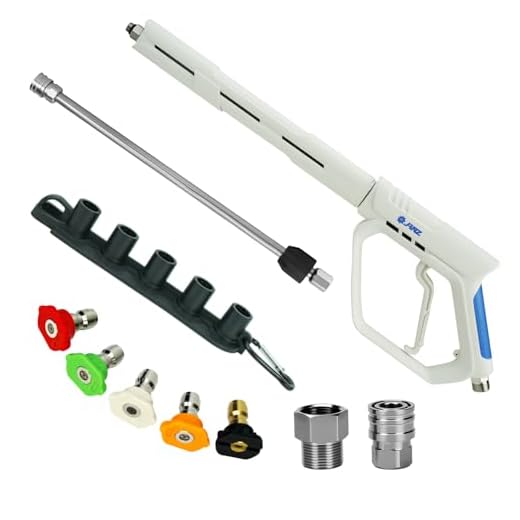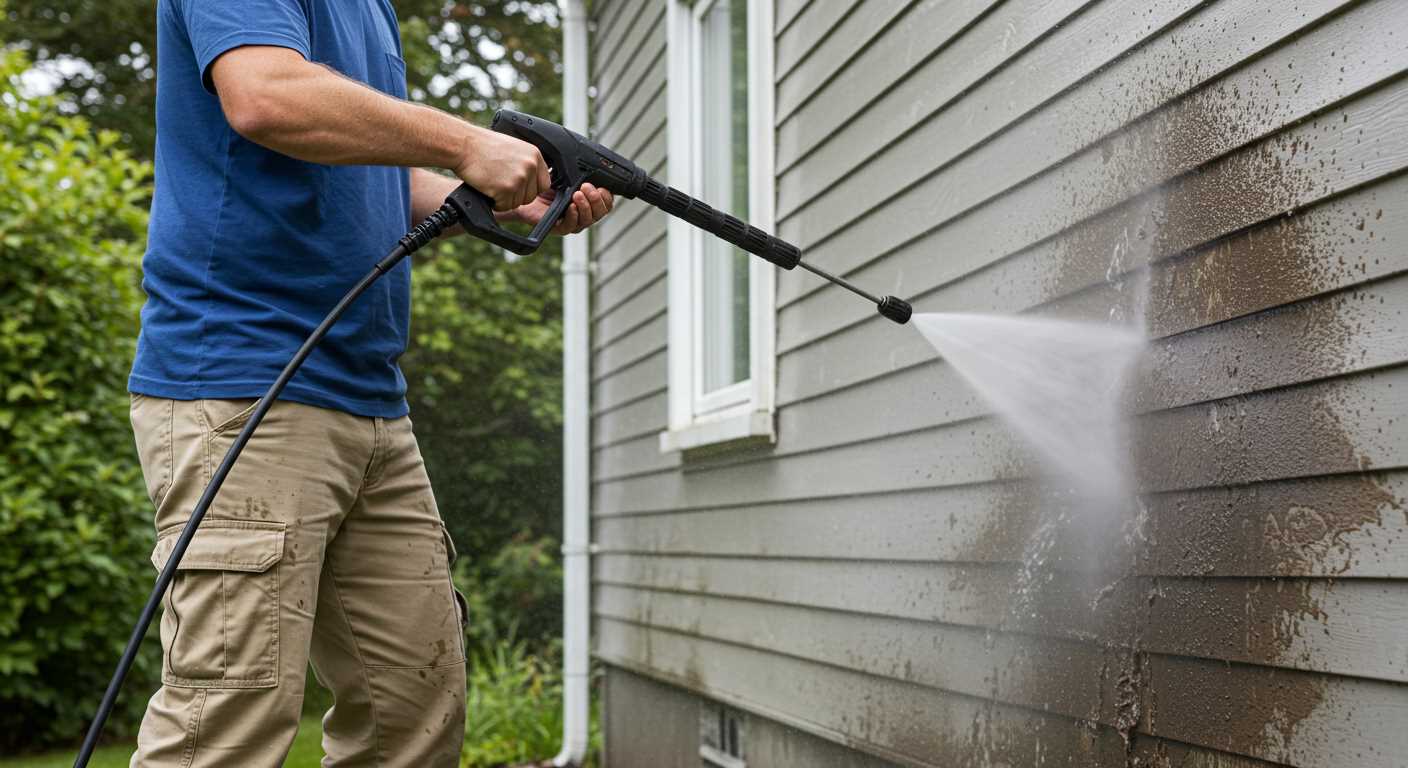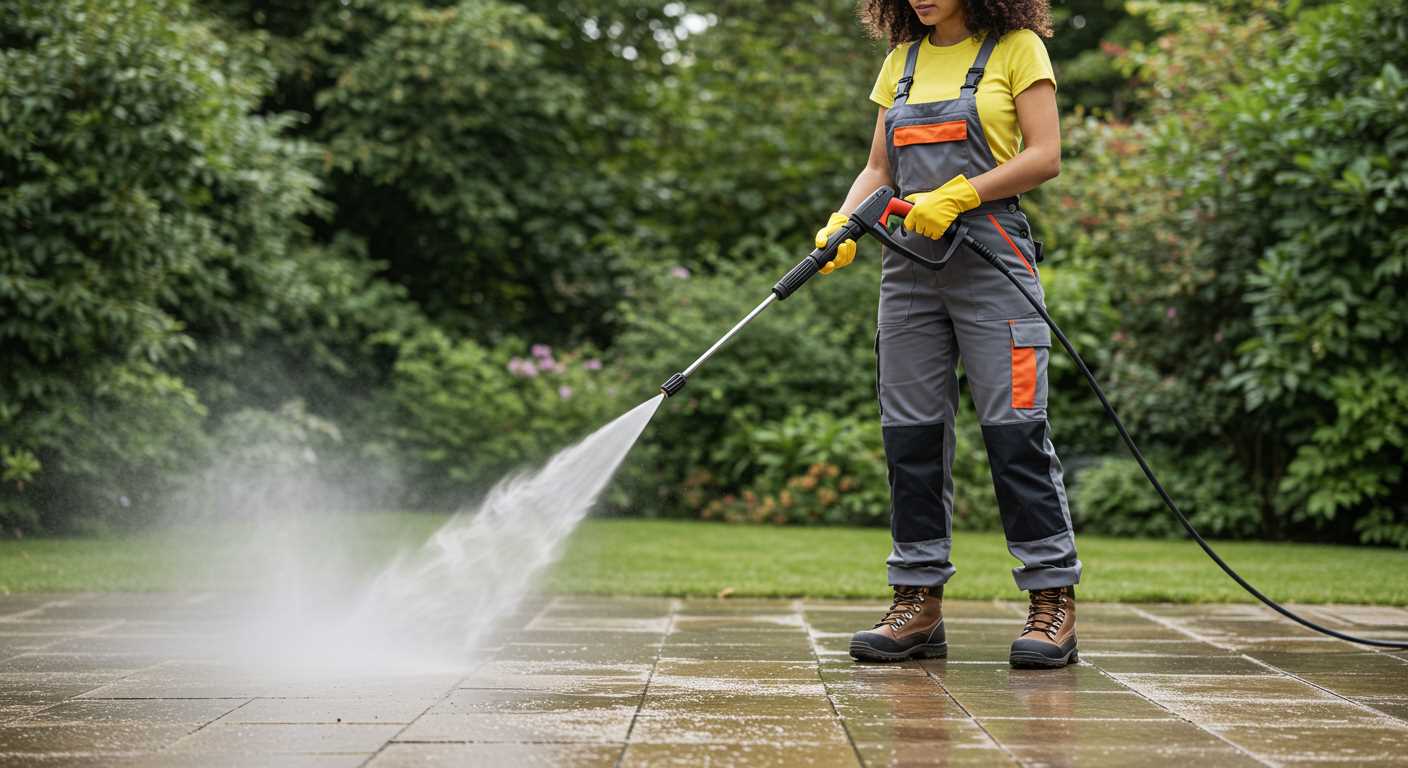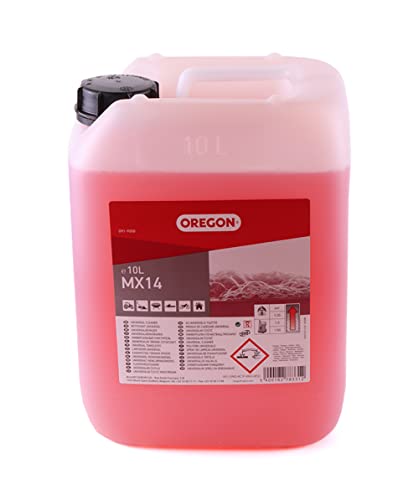



Inspect the nozzle first; a partially clogged or damaged nozzle can significantly diminish the water force. Replace it if necessary, ensuring it matches the specifications for your unit.
Next, check the water supply. Insufficient flow from the source affects performance drastically. Ensure hoses are free of kinks and are the appropriate diameter for optimal flow.
The filter should be another focus. A dirty or blocked inlet filter can hamper water intake, leading to decreased functionality. Clean or replace it to restore proper operation.
Moreover, investigate the pump for any signs of damage or wear. If it’s not functioning correctly, it may need servicing or replacement. Regular maintenance extends the lifespan of these components, so keep an eye on performance indicators.
Lastly, verify that the settings align with the tasks at hand. Different tasks require specific settings, and using the wrong configuration can lead to inadequate results. Adjust accordingly for the best outcome.
Insufficient Output from Your Equipment
Inspect the inlet filter; it may be clogged with debris. A blocked filter restricts water flow, preventing optimal functioning. Clean or replace it to restore performance.
Check the nozzle type; using an inappropriate nozzle can significantly impact water flow. Ensure you’re employing the correct attachment for the specific task, as some nozzles are designed for different pressure outputs.
Evaluate the hose for kinks or leaks. Damage in the hose can result in lost pressure as water escapes before reaching the nozzle. Inspect thoroughly and replace any compromised sections.
Monitor the water supply. Insufficient water volume can severely hinder output pressure. Ensure you’re using a suitable supply, ideally with a minimum of 2.5 gallons per minute.
Inspect the detergent tank. If detergent is being used, a malfunctioning injector can affect flow rates. Clean or replace the injector to maintain proper mixing.
Examine the pump condition. Signs of wear or damage may lead to decreased performance. Regular maintenance and checks on seals, pistons, and valves will prevent significant issues.
Below is a checklist to ensure optimal function:
| Component | Action |
|---|---|
| Inlet Filter | Clean or Replace |
| Nozzle | Change to the appropriate type |
| Hose | Inspect for kinks/leaks |
| Water Supply | Ensure adequate flow |
| Detergent Injector | Clean or replace if needed |
| Pump | Check for wear; service as needed |
Examining the Water Supply Source
Check the source of your water for any issues that could impact flow and performance. A consistent and adequate supply is fundamental for optimal operation.
Assessing the Water Flow Rate

Use a flow meter or perform a simple test: fill a container of known volume and measure the time taken to fill it. Aim for a flow rate of at least 5 gallons per minute. If it falls short, investigate further.
- Inspect your hose for kinks or damage that may restrict water flow.
- Evaluate the size and length of your garden hose. A hose that’s too long or narrow can decrease flow.
- Check for any filters or screens that may be clogged or require cleaning.
Water Pressure Assessment
Verify the incoming water pressure using a pressure gauge attached at the source. Look for a reading between 40-100 PSI. If it’s lower, your current setup might need adjustments:
- Consider a pump to increase pressure if the source supply is inadequate.
- Re-position your connections or adjust your plumbing if there are issues in your existing setup.
- Ensure that the water supply is turned on fully and that all valves are open.
Addressing the source of your water supply is paramount for achieving desired outcomes during your cleaning tasks. Regular maintenance of hoses and attachments will ensure optimum functionality and extend their lifespan.
Inspecting the Hose for Blockages
If you notice a significant decline in output strength, one of the first areas to check is the hose. Kinks, twists, or blockages can severely impact fluid delivery. Follow these steps for an effective inspection:
- Disconnect the hose from both the device and the water source.
- Inspect the entire length of the hose for visible damage or deformities. Look for cracks, cuts, or pinches.
- Use a garden hose or similar water source to flush out the inside of the hose. This can help to dislodge any debris or blockages that may be present.
- Check all connections, including the fittings at both ends. Ensure they are tightly secured and free from obstructions.
- If necessary, swap the hose for a new one. Sometimes wear and tear cannot be fixed.
Regular maintenance of your hose will prevent future issues. Store it in a dry, shaded area to avoid sun damage, which can cause deterioration over time.
Checking the Nozzle Condition and Size
Inspect the nozzle for wear and clogs regularly. A damaged or obstructed nozzle can drastically reduce the output force. If the nozzle shows signs of cracking or significant wear, it’s time for a replacement. Small abrasions can lead to leaks that alter the flow and pressure of water.
Verify the nozzle size as well. Each nozzle is designed for specific tasks, and using the wrong size can hinder cleaning effectiveness. For instance, a narrow nozzle increases the pressure for tough stains, while a wider one disperses water over a larger area but reduces force. Consulting the manufacturer’s specifications for your equipment will provide guidance on the appropriate nozzle size for your needs.
Cleaning the nozzle is crucial. Detach it from the lance and check for debris. Rinse thoroughly to remove any blockages that may inhibit water flow. A simple pin can be used to clear small openings. When reassembling, ensure all connections are tight to prevent any leaks that could diminish performance.
Evaluating the Pump Performance
Begin by checking the pump’s functionality by observing any unusual sounds or vibrations during operation. A smooth and quiet pump indicates proper performance, while grinding or rattling noises suggest mechanical issues requiring immediate attention.
Disassembly Inspection
Carefully disassemble the unit to inspect the internal components. Look for wear or damage on seals, pistons, and valves. Replacing worn parts can restore optimal operation. Ensure that all components are clean and free from debris that can impede movement.
Fluid Level Check
Verify that the pump is filled with the correct type and amount of fluid. Insufficient lubrication can lead to increased friction and cause the unit to underperform. Always refer to the manufacturer’s specifications for the right lubricant.
| Component | Signs of Wear | Action Required |
|---|---|---|
| Seals | Cracks or leaks | Replace seals |
| Pistons | Scratches or irregularities | Replace pistons |
| Valves | Sticking or damage | Clean or replace valves |
Monitor the operational temperature of the pump. Excessive heat can indicate blockage or malfunction, leading to inefficient performance. If overheating occurs, take the necessary steps to cool down the machine and identify the underlying issue.
Assessing the Pressure Setting Adjustments
To troubleshoot a lack of output force, adjust the pressure settings on the unit. Many models come with a regulator allowing you to enhance the force by turning a dial or lever. Gradually increase the setting while observing at which point the desired output is met.
Should your equipment lack a dedicated pressure adjustment mechanism, assess the compatibility of the nozzle used. Certain nozzles reduce the delivery rate, so switching to one designed for a stronger flow can dramatically improve performance.
Make sure to consult the user manual for specific guidance regarding the optimal pressure settings for your specific model. Some machines deliver varying rates based on accessories or the intended task, which is critical to achieving effective cleaning results.
If adjustments in settings do not yield the expected outcome, investigate the pump’s bypass mode; it may be malfunctioning. A competent pump should automatically regulate pressure when not in active use, ensuring the system functions flawlessly. Check for signs of wear or leakage that could disrupt this operation.
Throughout this process, maintain a close eye on the machine’s performance. Documenting changes and results will aid in identifying effective measures for future use. Remember, the goal is to find that sweet spot where cleaning strength aligns perfectly with your needs.
Identifying Leaks in the System

Start with a thorough visual inspection of hoses and connections. Look for any visible signs of water escaping, such as damp or wet areas around fittings. Use your hands to feel for moisture or leaks. Pay special attention to areas prone to wear, like the end of hoses or joints between components.
Performing a Pressure Test
If visual checks do not reveal clear issues, a pressure test can confirm if leaks are present. Disconnect the hose and attach a pressure gauge to the water outlet. Activate the machine briefly and observe the gauge. If the pressure drops significantly, leaks are likely occurring within the system.
Examining Seals and Gaskets
Inspect seals and gaskets closely. Cracks or deterioration can lead to leaking water, which diminishes overall effectiveness. Replace worn or damaged seals to restore proper function. Regular maintenance of these components can prevent future issues and prolong operational lifespan.
Understanding the Impact of Temperature on Performance

The optimal temperature of water significantly influences the effectiveness of your cleaning equipment. Cold water can diminish cleaning efficiency, particularly for tough stains and grease, while warmer water enhances the emulsification of grime.
Temperature Guidelines
For maximum impact, consider using water temperatures ranging from 50°C to 60°C. This range is sufficient to break down most contaminants without risking damage to surfaces. Always refer to the manufacturer’s guidelines for specific temperature limits for your unit.
Cold Weather Considerations
In colder climates, water can lose heat rapidly. Ensure pipes are insulated to prevent drop-offs in temperature prior to use. If using the unit outdoors, allow the water to heat up adequately before commencing any cleaning operation.










